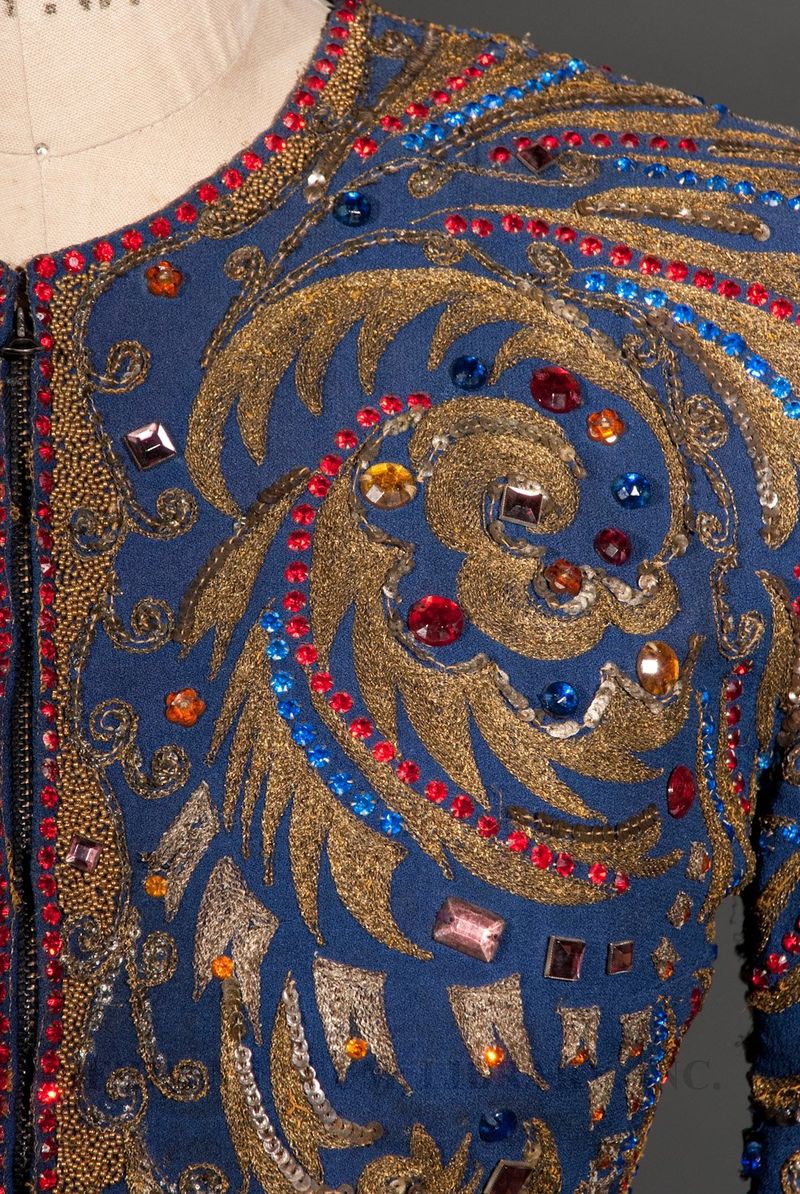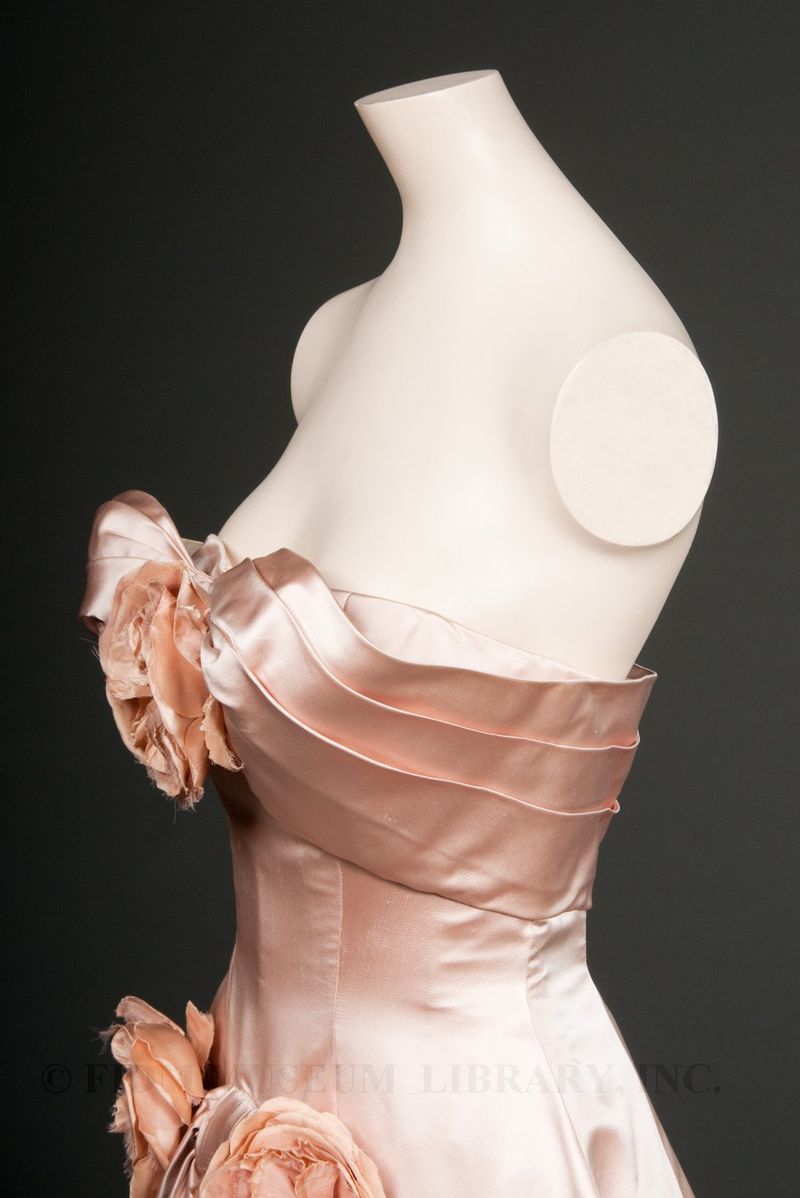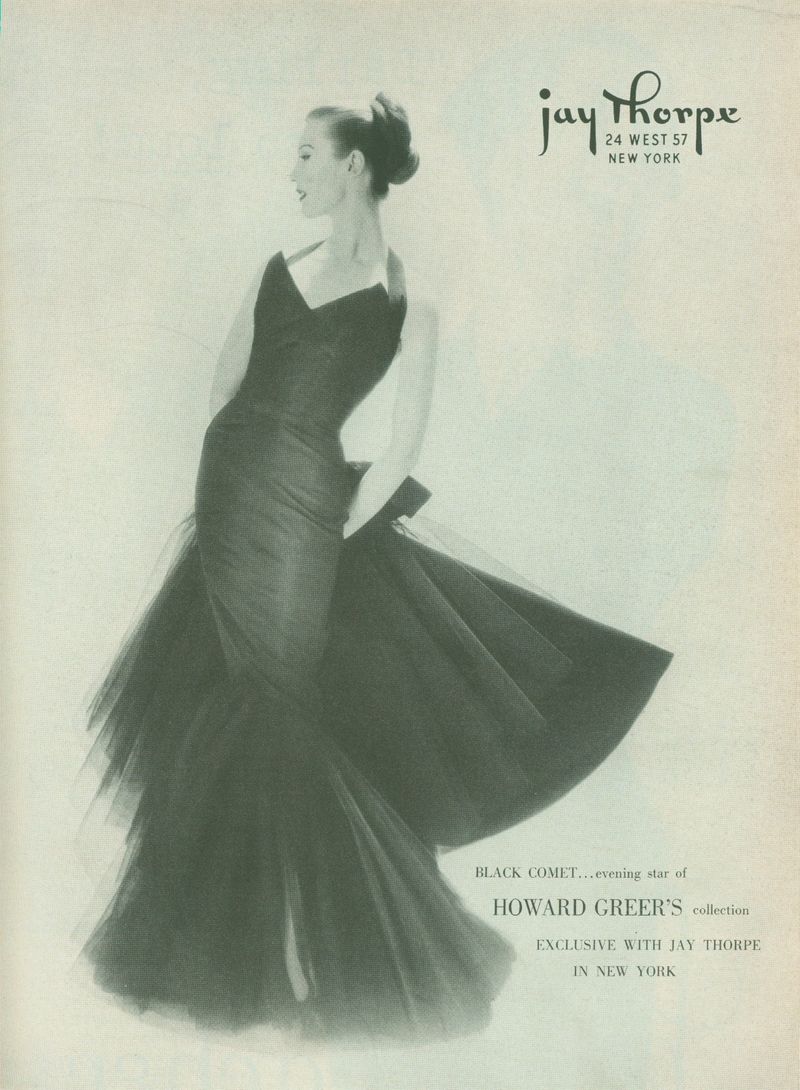Howard Greer
Today's post on Howard Greer was written by costume historian Shelly Foote. From 1994-2004, Shelly worked with the Costume Collection at The National Museum of American History as the Assistant Chair in the Division of Social History. Retired since 2004, Shelly is closely involved with the Costume Society of America and is also researching a book on Howard Greer. As part of this process, Shelly has examined and researched Howard Greer garments in the FIDM Museum collection. In this post, Shelly shares some of her findings on the work of Howard Greer.
HOWARD GREER
Howard Greer (1896-1974), born in Illinois and raised in Nebraska, was fascinated by the world of fashion and theater as a young man. So, after college, he pursued and obtained a position with Lucile (Lady Duff Gordon), first at her establishment in Chicago and then in New York. After his military service in World War I he asked to be mustered out in Paris – where he reconnected with Lucile.
He returned to New York in 1921. After designing a few garments for the theater, he was offered a job in Hollywood with Famous Players-Lasky (later Paramount). He designed for many films which featured the silent movie star, Pola Negri. Unfortunately, many of these movies have been lost. In 1925 he was made head of the wardrobe department.
In 1927 Greer opened a couture salon in Hollywood patterned after the House of Lucile, both in how the salon looked and how the garments were made. Patronized by Hollywood movie stars, his collections were featured in movie and fashion magazines and Women's Wear Daily. Garments were rumored to take weeks to produce, required frequent fittings and were notoriously expensive.1 Garments made by Greer incorporated fine quality fabrics and were beautifully finished.
Greer continued to design for the movies on a freelance basis, most famously for Mary Pickford in Coquette (1929) and Katharine Hepburn in Bringing Up Baby (1938).
Greer and Travis Banton, who had also worked at Paramount, formed a short-lived partnership in 1938. FIDM Museum owns the only known existing garment from this partnership - a heavily embroidered and beaded jacket worn by Marlene Dietrich.
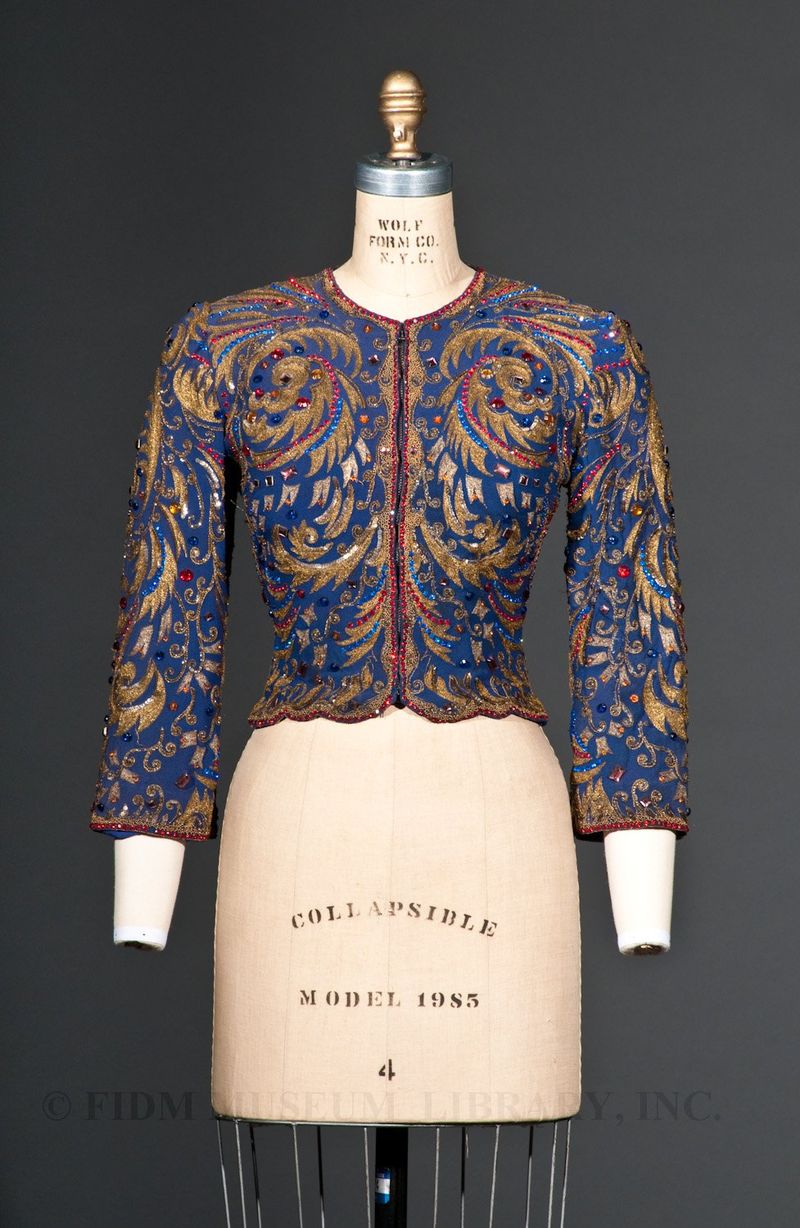 Evening Jacket worn by Marlene Dietrich
Evening Jacket worn by Marlene Dietrich
Travis Banton/Howard Greer
c.1936
Department of Recreation and Parks, City of Los Angeles, FIDM
Museum
INV. 1137
Although ready-to-wear industry was growing in the United States (even Adrian opened a readymade business in 1942), Greer maintained his salon throughout the Depression and World War II. But in 1946, Greer's new partner, Bruce McIntosh, urged to him start a ready-to-wear line. For the first two years they produced both custom and readymade garments but then went exclusively ready-to-wear. To maintain the air of exclusivity, garments were sold in selected stores around the country – usually one per city. A significant amount of finishing continued to be done by hand.
 Evening gown
Evening gown
Howard Greer
c. 1951-52
Gift of Mrs. Henry Valentine
89.739.1AB
Greer's clothes were also dramatic and sexy. He loved to create peek-a-boo styles, often covering exposed portions of the chest with sheer fabrics or lace. For wear in more public venues, such garments usually came with matching or coordinating capes and jackets. This dramatic dress in the FIDM Museum collection was advertised for purchase at Jay Thorpe, a New York specialty shop in the September 1955 issue of Harper's Bazaar.
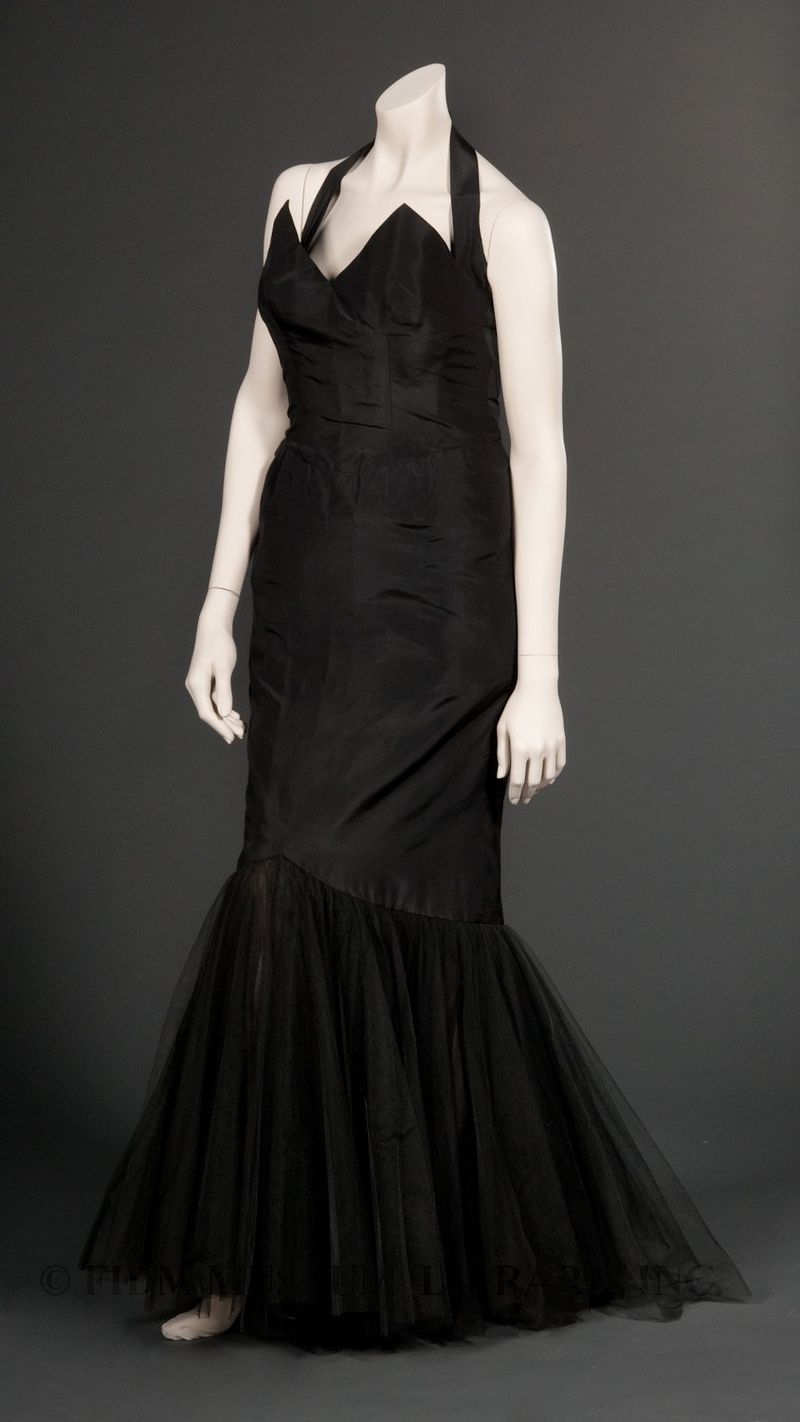 Evening Dress
Evening Dress
Howard Greer
1955
Museum Purchase
86.25.1A
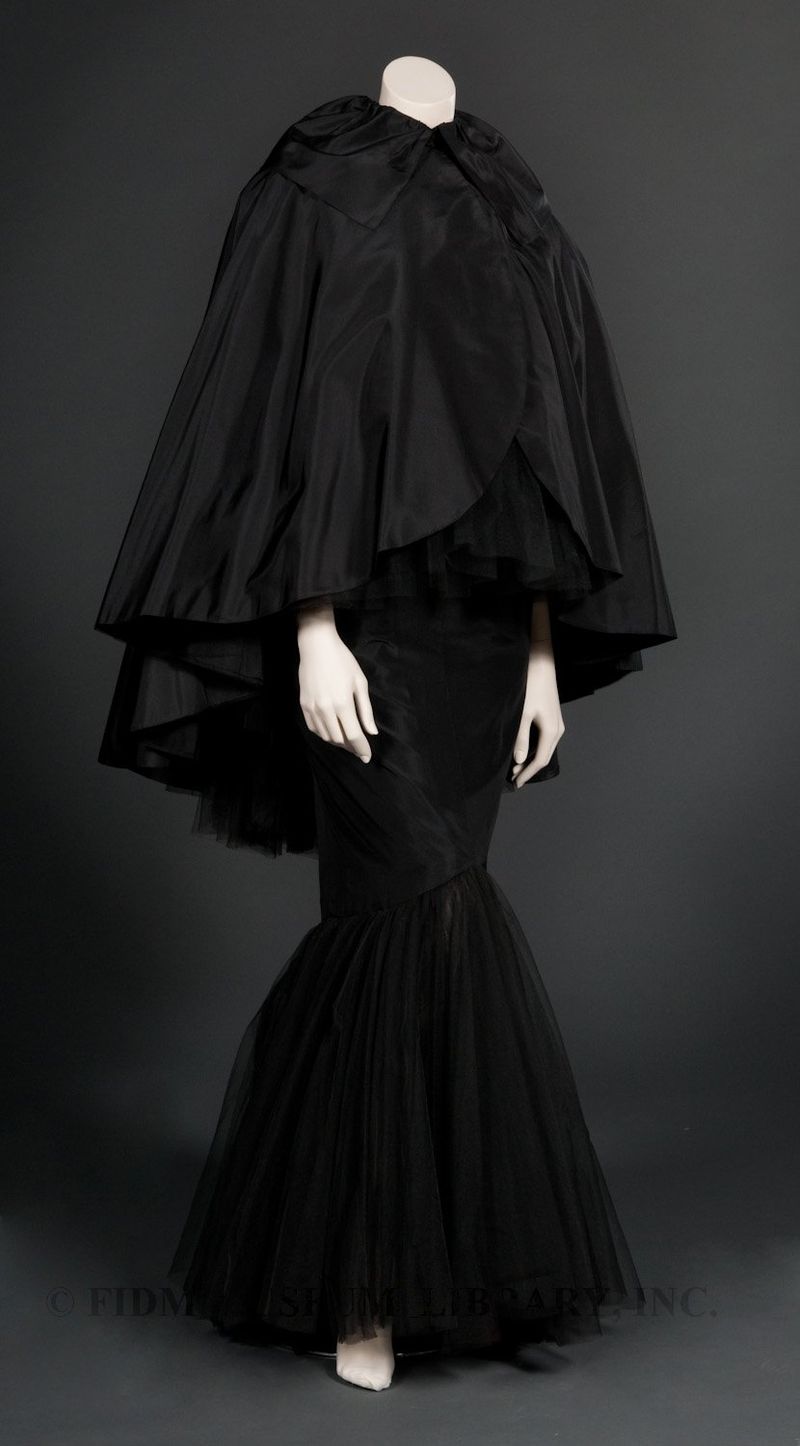
86.25.1AB Evening dress with cape
Greer and McIntosh closed their business in 1962 – 35 years after Greer opened his salon.
1 Robert Levine, In a Glamorous Fashion: The Fabulous Years of Hollywood Costume Design (New York: Charles Scribner's Sons, 1980), p. 199
